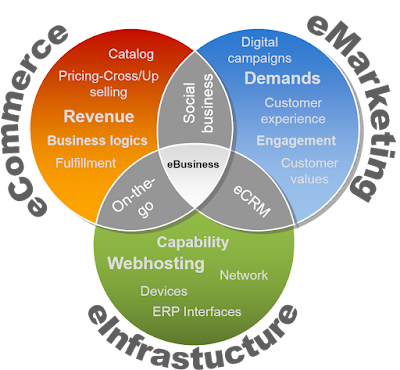Chapter 14 Creating Collaborative Partnerships

Chapter 14 Creating Collaborative Partnerships COLLABORATION Ø Teams, Partnerships, and Alliances Ø Organizations create and use teams, partnerships, and alliances to: · Undertake new initiatives · Address both minor and major problems · Capitalize on significant opportunities · Organizations create teams, partnerships, and alliances both internally with employees and externally with other organizations Collaboration System Ø Collaboration system – supports the work of teams by facilitating the sharing and flow of information Ø Organizations form alliances and partnerships with other organizations based on their core competency · ...

